We recently had a discussion about the importance of thinner in finishing. The person in question wanted to buy varnish and primer, with the necessary catalysts, but without thinner. I explained that thinner is just as important as the base products. If the wrong choice of thinner is made, the very properties for which he decided to buy a quality product can be lost. Shortly after the incident a friend told me that he had exactly the same experience, followed by some complaints about the quality of the products. The incident convinced me that an article explaining the importance of thinner in the finishing process was needed.
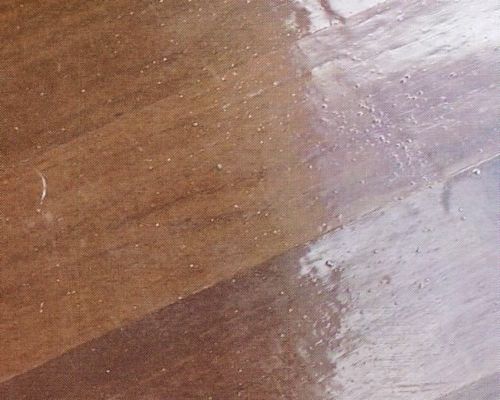
Lacquers and paints are mixtures of resins, solvents and auxiliary materials. After application, the solvent evaporates, causing the film to dry. Even though drying occurs as a result of a chemical reaction between 2 components, the thinner can control the speed of the reaction and the time the mixture remains liquid (pot-life). In the case of water soluble products the solvent is water. Being a single component there is not much that can be done to influence the quality of the finish by controlling the evaporation of water alone. In this case everything depends on the added auxiliary products, the temperature and the air circulation.
Unlike water-based products, solvent-based products have diluents formed from mixtures of solvents. Their ratio and qualities influence both drying time and film quality, and the proportions can vary depending on the desired result. If you ask a varnish supplier for a thinner, you will be asked instead: which one?/for what? Why does he need so much information when, if we really want to, with one thinner we can apply most products? Why should there be several thinners?
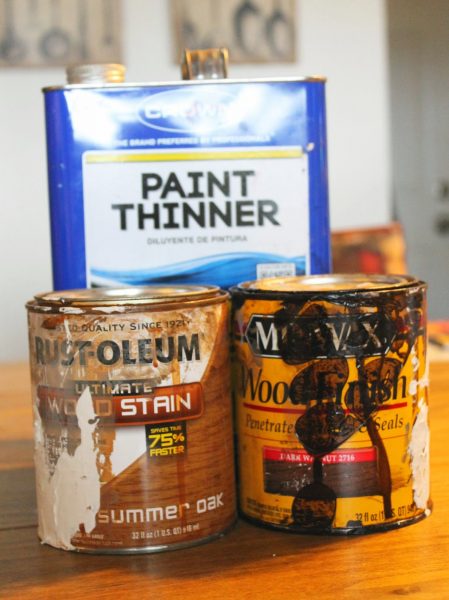
Because application can be done, but that doesn't mean that if it came out of the gun and sat on the object, the product will look good in the end. No one wants to complicate their life by keeping multiple products of the same kind in storage, because that means stock and money tied up. There are several because each one has its role and only by using them correctly can you achieve quality finishes.
The simplest example is the existence of summer and winter diluents. In winter, when it is cold, a faster thinner is needed to avoid prolonging the drying time. The same fast thinner will lead in summer, when the heat is high, to a gassy film full of bubbles trapped in the film. In this case a heavier volatile thinner is needed and there are 2 possibilities. Buy a summer thinner from the start, or take a very heavy volatile thinner (retarder) and add 10-20% to the winter thinner to make it slower.
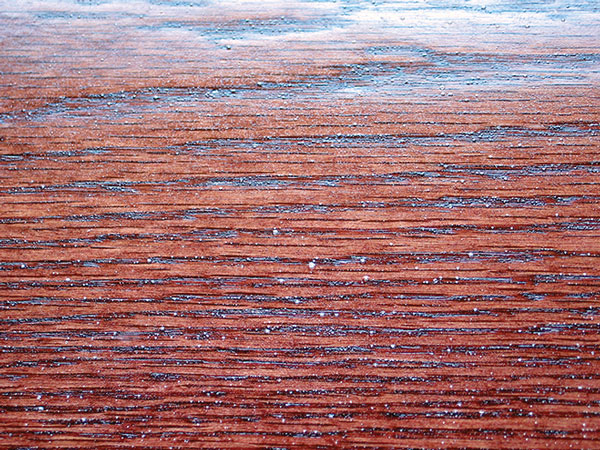
This way of influencing appearance is the most popular. However, you should be aware that thinner influences gloss, tinting, appearance, drying of the film and can lead to difficult to remove finish defects.
The influence on gloss is best seen in high gloss lakes. If a quickly volatile thinner is used, the film does not have time to spread and the light reflection will not be perfect. A thinner can also decrease gloss by 20-25%.
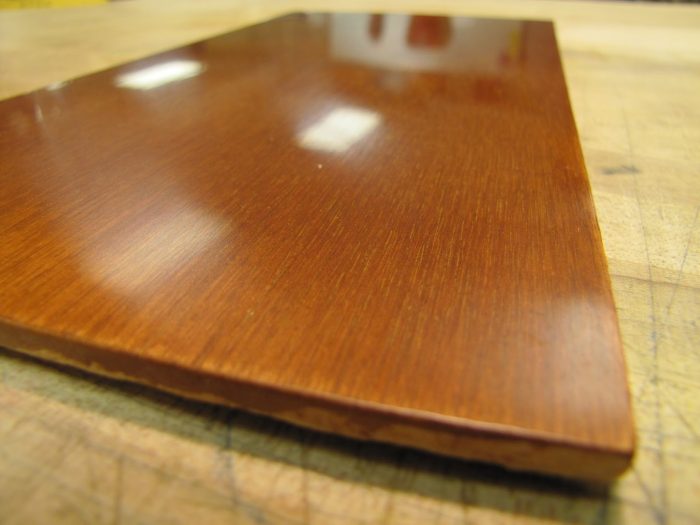
Also due to a wrongly chosen thinner you can get a rough and gassy film, but also a soft film that looks rough or has a low scratch resistance. Often there is a tendency to apply a thicker, undiluted or insufficiently thinned coat. The varnish does not spread well, leaving a thick layer from which the thinner, which has been present since the varnish was formulated in the factory, has no time to escape and remains trapped in the film. This results in a soft film that scratches easily and can get prints from packaging.
Most of the finishing defects are primarily due to the wrong choice of thinner or because of this. Appearance orange peelthe gas film, the dregs, staining and colour migration, lack of adhesion to the support, cracks in the lake, crater, variation in gloss are the problems you run into if you don't choose the right thinner.
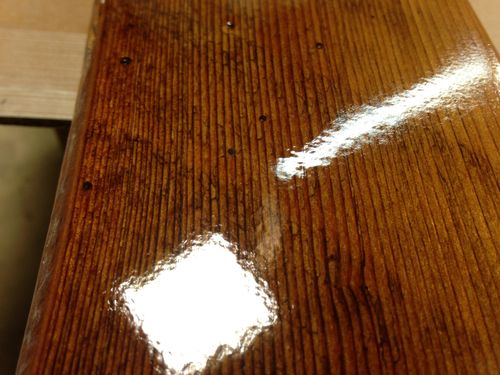
For these reasons I would argue that it is best to buy your thinner from where you buy your varnishes. I know a lower price is more tempting. Think though that the price of thinner is not that high, and 20-40% in varnish does not lead to a huge increase in cost/sqm. The cost difference is certainly much less than the cost of fixing defects that may occur. Ask your finishing supplier for advice and choose the recommended thinner. In the end you will find that it is the cheapest option.
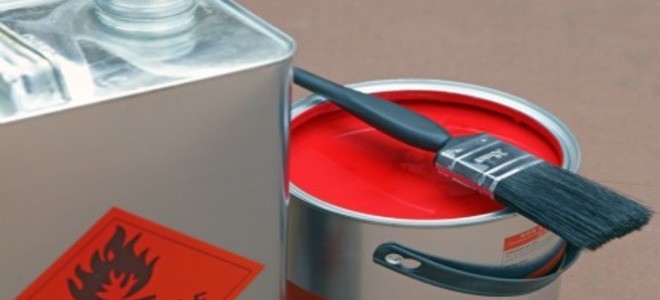



























Add comment